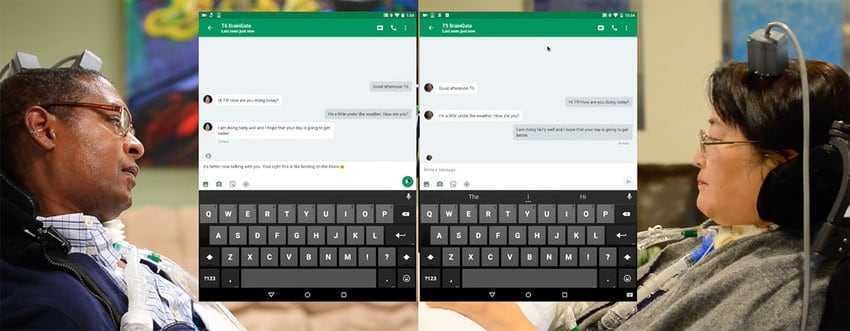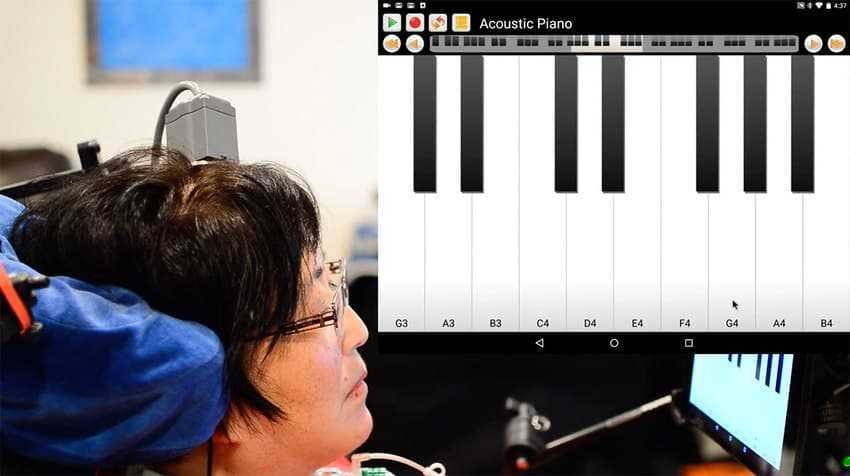A team of scientists has managed to make paralyzed people operate a tablet by implanting a brain-computer interface in their brain.

Last year, a study from the scientific effort called BrainGate reported that a Brain-computer interfaces (BCI) allowed a paralyzed person to type up to eight words per minute, just by thinking. Now, according to new results from a BrainGate2 clinical trial, the same BCI was used to help three participants operating a tablet computer.
All three participants suffer from loss of movement in their arms due to amyotrophic lateral sclerosis (ALS, also called as disease Lou Gehrig's) or spinal cord injury. All were fitted with a brain implant and an array of microelectrodes as part of the clinical trial of BrainGate2. In this particular one study, the decoded neural signals from the implant were routed through a protocol, providing a virtual mouse. This “mouse” was paired with a Google Nexus 9 tablet via Bluetooth.

Each participant was asked to try seven common applications on the tablet: e-mail, chat, program περιήγησης στο Web, κοινή χρήση βίντεο, streaming μουσικής, πρόγραμμα για καιρικές συνθήκες και πρόγραμμα συγκέντρωσης news. The researchers also asked users if they wanted any additional apps, then added the keyboard app, Amazon shopping, and a numbermachine. Participants reached up to 22 clicks per minute and typed up to 30 characters per minute, in email and text programs.
In addition, all three participants really enjoy using the tablet.





